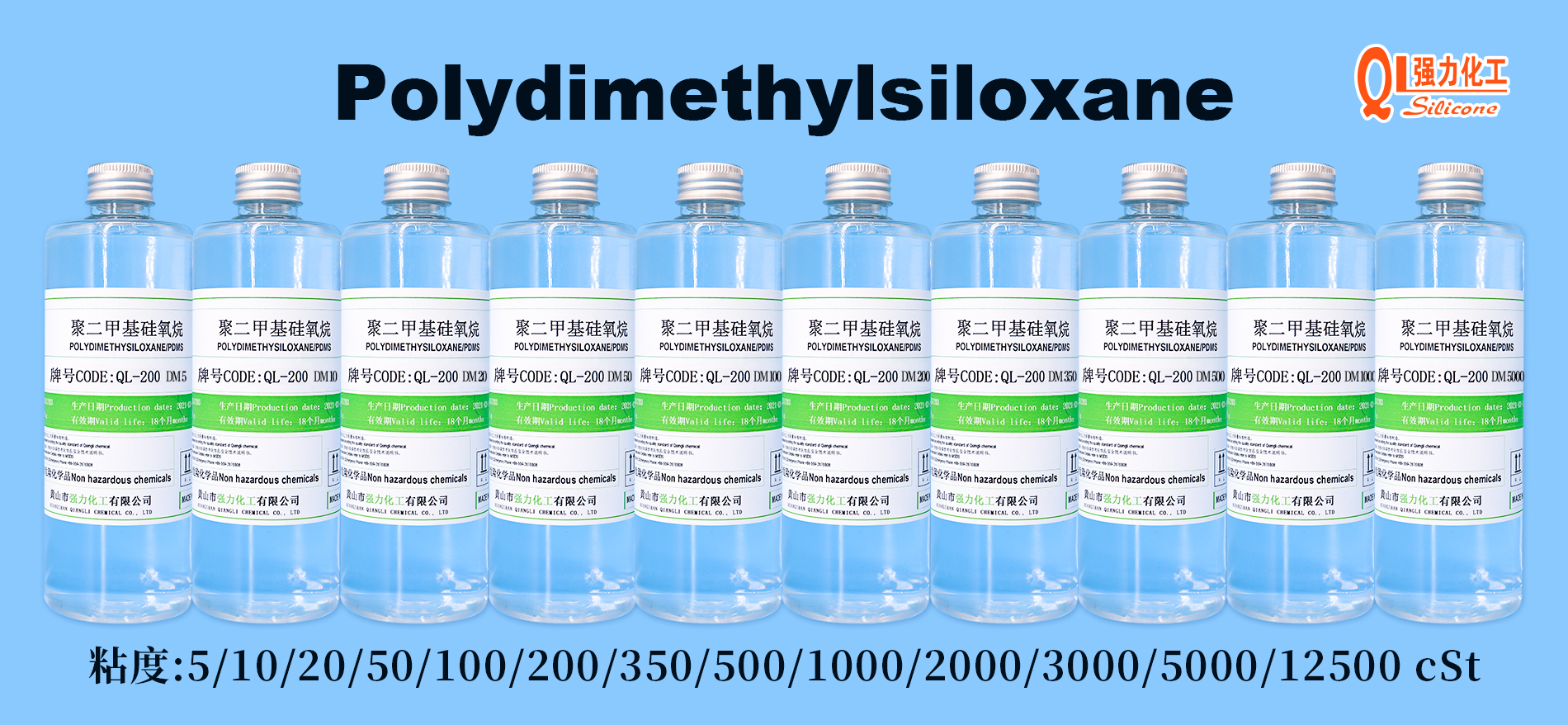Flash point and boiling point are two common concepts in physics, which are used to describe the characteristics of liquids when heated. Flash point refers to the lowest temperature at which a liquid may catch fire when the temperature rises; while boiling point refers to the temperature at which a liquid is heated to vaporize under a certain atmospheric pressure.
For liquids, their flash point and boiling point are related to each other. Generally speaking, the lower the flash point, the lower the boiling point. This is because liquids with low flash points are prone to explosion and fire when encountering an ignition source, and their vapors are also easy to burn. Liquids with high flash points are safer and more reliable because they are difficult to ignite.
For silicone oil, the flash point range of silicone oil is usually between 100-300 degrees Celsius, and the specific value depends on factors such as the type, purity and production process of the silicone oil. For example, the flash point of dimethyl silicone oil is usually high, and the flash point of some high-purity dimethyl silicone oil can even exceed 300 degrees Celsius. In addition, for silicone oil with a viscosity greater than 100mm²/s, its flash point is usually greater than 300 degrees Celsius.
Factors affecting the flash point of silicone oil
Type: Different types of silicone oil have different flash points. For example, the flash point of dimethyl silicone oil is usually high, Purity: High-purity silicone oil has a higher flash point, Production process: Different production processes will also affect the flash point of silicone oil.
Boiling point is a physical and chemical property of liquid, which is related to the intermolecular force of the liquid. When heating a liquid, the higher the temperature, the greater the molecular fluctuations, and when it finally reaches a certain level, the liquid will become gaseous, and this temperature is the boiling point of the liquid. Different liquids have different boiling points, and their boiling points are also related to the external environmental pressure. Generally, the higher the pressure, the higher the boiling point of the liquid.
The boiling point range of silicone oil mainly depends on its molecular structure and composition, usually between 100℃ and 400℃. The boiling point range of silicone oil varies due to its type, molecular weight and composition. The following are the boiling point ranges of several common silicone oils: Ordinary silicone oil: The boiling point is about 101℃, Dimethyl silicone oil: The boiling point range is wider, the boiling point of low-viscosity dimethyl silicone oil is between 155 and 220℃, and the boiling point of high-molecular-weight dimethyl silicone oil can reach above 300℃. Factors affecting the boiling point of silicone oil include: Molecular weight: The larger the molecular weight, the stronger the intermolecular interaction force and the higher the boiling point. Molecular structure: Different molecular structures (such as branched, cyclic or linear structures) will affect the arrangement and interaction between molecules, and thus affect the boiling point. Impurity content: Impurities will interfere with the interaction between molecules, which may cause the boiling point to decrease or produce abnormal phenomena. Environmental pressure: The boiling point measured under standard atmospheric pressure is the normal pressure boiling point. As the environmental pressure decreases, the boiling point will also decrease accordingly.
The flash point and boiling point of liquids are not just concepts in physics, they have important applications in many practical problems. For example, in chemical production and oil refining, it is very necessary to understand the flash point and boiling point of liquids, because once these data are out of control, they may cause serious consequences such as explosion or fire of the material. In addition, in the processing, storage and transportation of fuels, it is even more necessary to ensure that the flash point and boiling point of the fuel meet the corresponding standards.
In short, the flash point and boiling point of liquids are one of the most basic physical and chemical properties of liquids. Understanding their meanings and relationships can help us better grasp the characteristics of liquids when heated and ensure safety in production and life.




